When you’ve got two little ones at home, you can double up on lots of things.
Twice the wet wipes.
Twice the bedtime stories.
Twice the laundry.
Twice the snuggles.
And if you’re breastfeeding, it’s twice the request for your breasts.
Tandem nursing, or breastfeeding two or more children at once, can sound like a tall order for parents. But for some, it’s the right fit for their family.
While breastfeeding can be an effective form of birth control, it’s not 100% effective. What’s more, its efficacy decreases the longer you breastfeed. But, for parents wanting to grow their families, this is welcomed.
Many parents worry, though, that if they get pregnant, they’ll need to set their breastfeeding goals for their older child to the side. Thankfully, this isn’t necessary. If you wish to continue breastfeeding your older child alongside your new addition, it’s possible.
And let’s not forget parents of multiples! Tandem nursing can also apply to parents who welcome twins, triplets, or more into their families.
Depending on the children’s ages that you’re nursing and your milk supply, you have several options.
If you have a toddler who eats solids well and is still nursing, you should nurse your new baby first to make sure they get as much milk as possible. After all, your toddler is eating solids and has other sources of nutrition, whereas your baby depends solely on your breast milk. (However, if you have oversupply or a forceful letdown, you may consider having your older child nurse a bit first to relieve engorgement.)
Alternatively, you can nurse both children at the same time. This approach can pose challenges, especially if your children are distracted when nursing, but it can also provide lovely bonding moments between your children.
For some parents, tandem nursing is an outright goal — they know from the moment they see those two blue (or pink!) lines that that is what they want to do. Other parents may sit on the fence for a while, weighing their options for how to feed and care for their little ones.
Only you can decide what’s the right fit for you and your family. Not sure if it’s in your future? Here are some reasons why parents choose tandem nursing.
Breastfeeding benefits don’t have an expiration date. Yes, it supports your newborn’s emotional and physiological development, helps prevent all sorts of illnesses and diseases, and provides perfectly balanced nutrition. It does the same for your older nursling, too!
Having a new sibling requires some…adjustment…on the part of your older child. While they may have been excited about the new baby, in theory, sharing their space and their parent’s attention with a newborn can cause jealousy, frustration, resentment, and fear.
Breastfeeding can help smooth out the bumpy road of new siblinghood, in part because it’s an activity that they can both do together. There aren’t many that equally appeal to a toddler and a newborn, after all! And given the nature of breastfeeding — hello, oxytocin! — it can support bonding feelings between your two children, as well as you.
Speaking of bonding, your older child may well feel less secure once a new baby is at home. But breastfeeding can help anchor them. It can be a source of love, attention, and nourishment for them as they navigate their new family structure.
What’s more, it can help you feel connected to your older child. The early days of newborn life can be all-consuming: Late nights, early mornings, lots of diapers, and little sleep. As a result, your older child may be spending more time with your partner, with grandparents, or with friends as you adjust.
While assistance is fabulous, you may also feel a little adrift from your old caretaking rhythms with your older child. Maintaining your breastfeeding relationship with them can help you stay attuned to them during this significant period of adjustment in both your lives.
Yes! Although healthcare providers often take a conservative approach to breastfeed during pregnancy, no evidence indicates breastfeeding is unsafe for parents or the new baby.
That being said, some parents do experience discomfort while nursing during pregnancy. However, nipple pain is usually the biggest complaint due to the pregnancy-related increase of estrogen and progesterone.
Another result of increased estrogen and progesterone? A drop in milk supply. While some children will happily dry nurse for comfort and security, others may wean during pregnancy. (Some may do so temporarily, others may wean for good.)
However, if your milk supply drops and your baby is under one year of age AND breast milk is still their primary source of nutrition, you may need to watch their weight closely and inform their pediatrician. If it looks like you need to supplement, consider working with an IBCLC for help.
This worry is a common one, but rest assured, you will likely make enough milk for both babies. That’s because breast milk supply is based on, well, supply and demand.
The exception to this is right after birth. That’s when your body produces the first form of breast milk, colostrum. Colostrum is full of nutrients, but your body doesn’t produce large quantities of it. Breastfeed your newborn first to make sure they get first dibs.
Colostrum only lasts a few days before quickly being replaced by transitional and then mature milk. What’s more, it has a salty flavor — some toddlers may not like it after being used to creamy, sweet mature milk, so there may be a decreased interest in nursing for a bit.
The main thing to remember is that breastfeeding, whether tandem or not, relies on frequent breastfeeding sessions that remove as much milk as possible from your breasts. The more milk you remove (and the more frequently you remove it!), the better your supply will be for both your babies.
We know how easy and common it is to worry whether your baby is getting enough milk. The best indicators are the following:
Tandem nursing is a lovely way to bond with your babies and provide them the many, many benefits of breast milk. That being said, it can be a lot of contact time. (A lot of it!) And, let’s face it, life doesn’t stop moving forward when you have a new baby. It can be stressful.
Sometimes all it takes is a bit of adjustment or some extra self-care. Make sure you have the support to exercise, make yourself a healthy snack, grab a nap (with or without your baby), or take an extra-long shower. (Without anyone pounding on the door!)
But we also remind all parents that tandem feeding isn’t for everyone — and that’s more than okay. You don’t have to tandem feed. Even if you planned to, it’s absolutely fine to change your goals if you’re feeling overwhelmed by the idea of doing it.
This might look like dropping a feed or two for your toddler. It might look like pumping a bottle to substitute for a feed for your baby once they’re old enough to take a bottle. It might look like weaning.
Not sure what the answer is? We’re here to help.
Book a convenient online video appointment with a Nest Collaborative IBCLC today.
